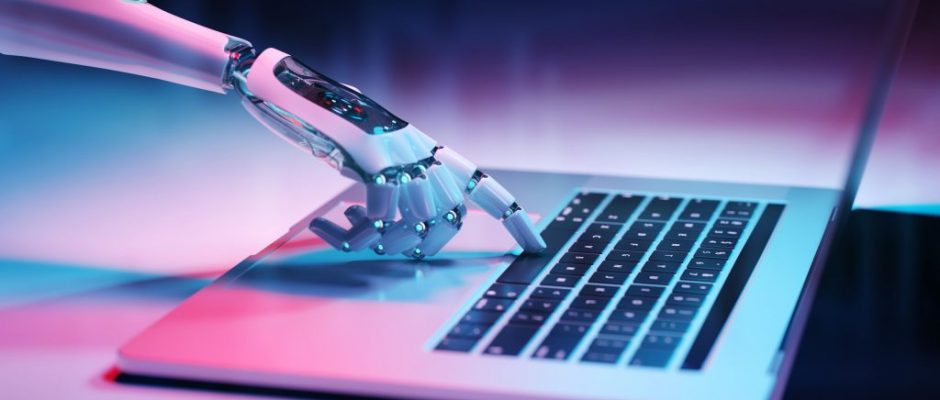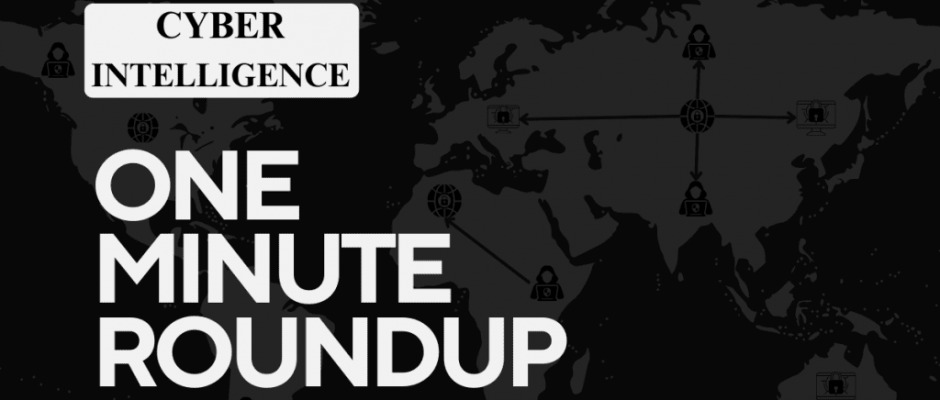From deepfakes to in-person fraudsters
Boeing Employees’ Credit Union (BECU) is a not-for-profit credit union based in Washington, dedicated to improving the financial well-being of its members and communities. It has grown beyond serving Boeing’s employees to more than 1.5 million members and $29 billion in assets. In an exclusive interview, Sean Murphy, Chief Information Security Officer (CISO) at BECU, explains the changing cyber-threats now facing consumers.
The cybersecurity challenges faced by all consumers have escalated with the growth of artificial intelligence (AI). We have witnessed the growing use of botnets, and AI is at such a stage that it can be used to attempt to gain access to accounts on an individual level. The use of virtual private networks (VPNs) simplifies this process and makes it difficult to track. Remember – while organizations are constantly monitoring for threats and attacks, the cybercriminals only have to get it right one time to cause a highly damaging breach. Advanced persistent threats (APTs) have now become a major ongoing threat. Financial institution employees are the first line of defense against cyber attackers and play a key role in protecting consumers. As such, a robust cybersecurity team and the regular training of employees is crucial.






